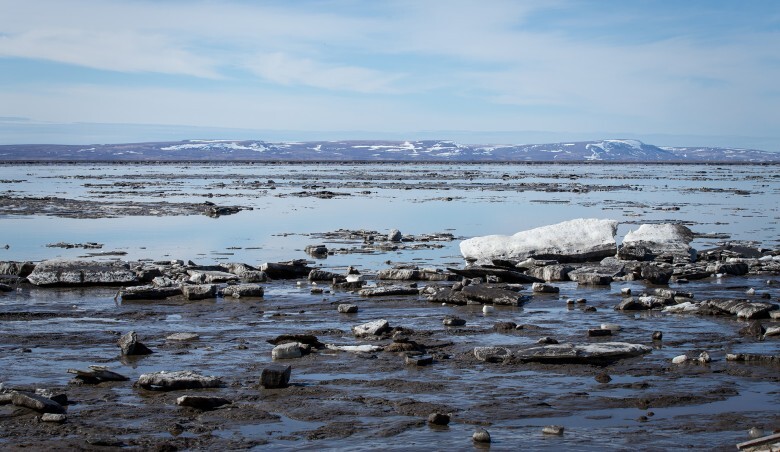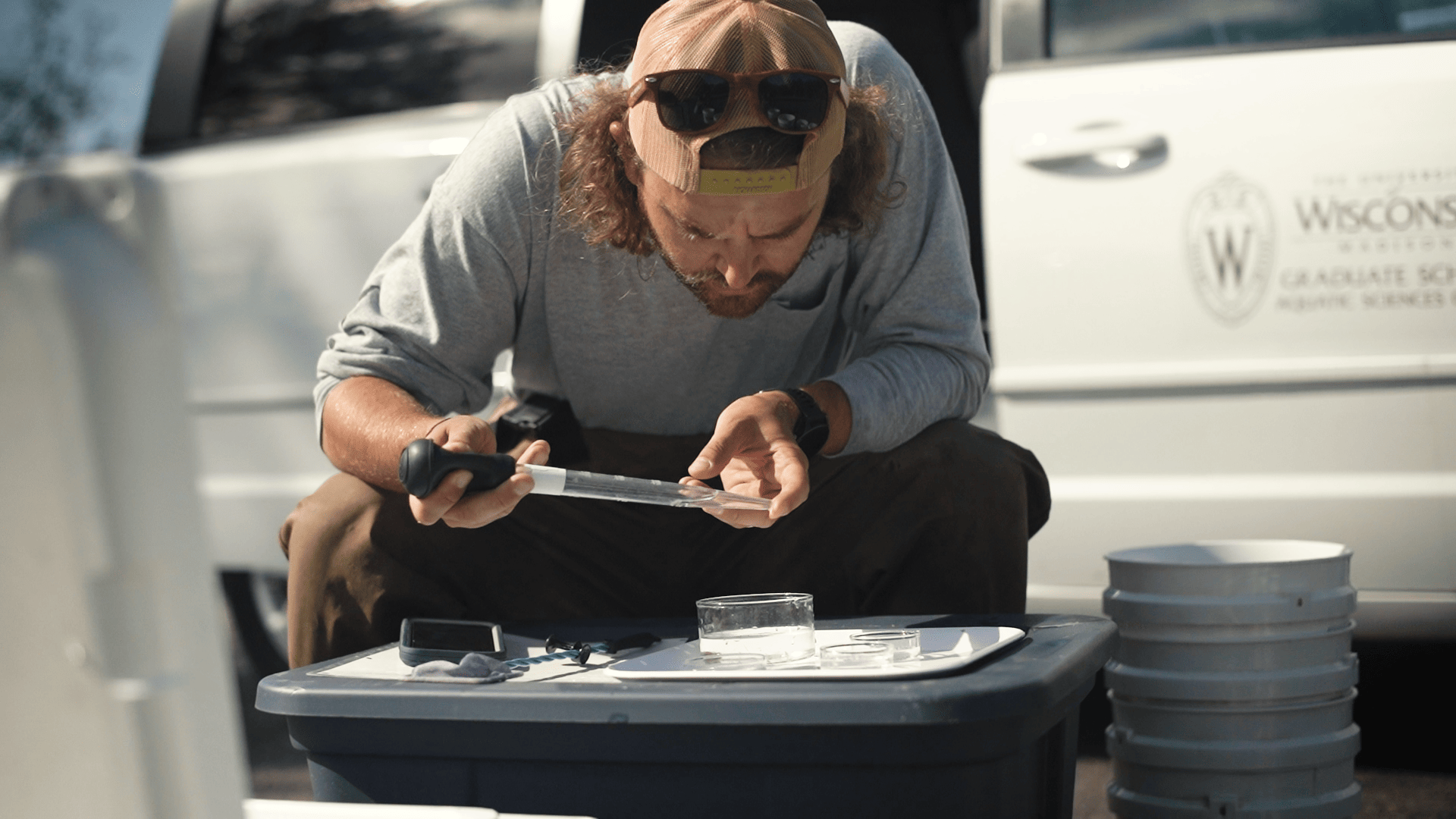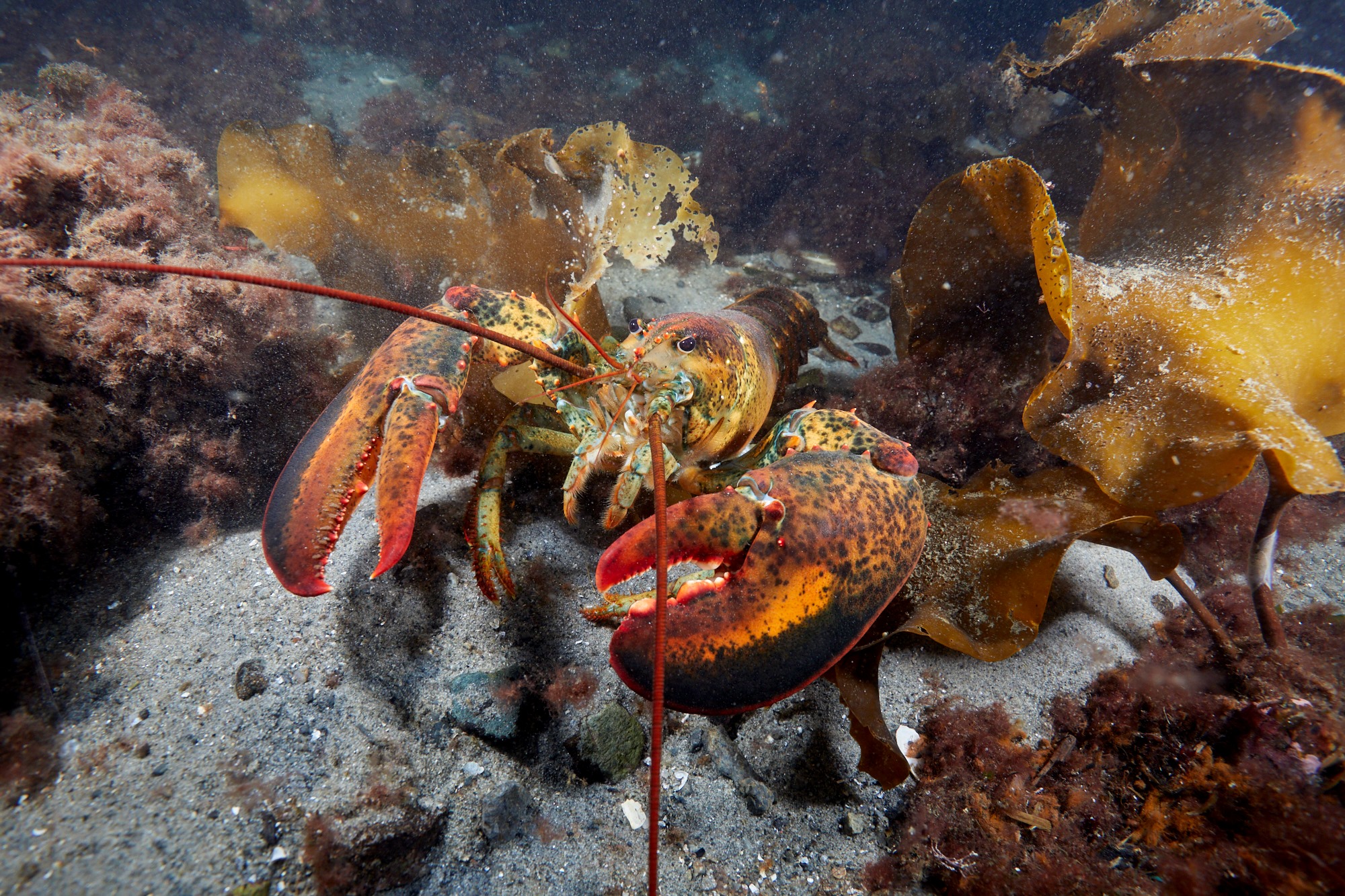By Eric Scigliano, Washington Sea Grant
The Pacific Northwest’s salmon fishermen faced a crisis. Starting in the early 2000s, cheap Chilean farmed salmon flooded the country, driving down prices. “The West Coast fishermen were no longer able to compete in their traditional high-volume market,” says Fishermen’s News publisher Peter Phillips. The crisis threatened more than fishermen and their families; fishing is the economic mainstay of many of Washington’s native tribes and other coastal communities.
Enter Washington Sea Grant. Veteran marine field agent Steve Harbell and other WSG staffers had long trained seafood retailers in fish handling and marketing and taught consumers to be smarter, safer, more confident seafood shoppers. Now WSG set out strengthen another link in the seafood supply chain, the embattled fishermen.
Pete Granger, WSG’s seafood industry specialist, was especially well prepared for the challenge. As a teenager growing up on Washington’s Lummi Island, he’d taken up the ancient technique of reef-net salmon fishing devised by local tribes. After a 1970s stint as a WSG field agent, he earned a master’s in business administration, managed a salmon cannery and processing plant in Alaska, headed the American High Seas Fisheries Association, and worked as a lobbyist for both wild and farm fisheries.
He and Harbell applied their wealth of contacts and experience to the salmon fleets’ struggle. They helped fishermen from Oregon to Alaska obtain federal trade adjustment assistance, refine their business operations, upgrade their catches’ quality, and market them directly.
Granger joined Phillips in staging the Wild Seafood Exchange, an innovative annual conference where fishermen network with each other and with restaurateurs, retailers, and other key customers and get expert training in marketing and business management. But he discovered that many tribal fishermen weren’t yet ready for sophisticated marketing: “They first needed to learn a lot of things to improve their quality—handling, refrigeration, bleeding.”
Since 2009, with support from the Affiliated Tribes of Northwest Indians, Granger has taught these essentials to more than 400 fishermen in seven tribes. “Pete’s training was very important in improving seafood handling,” says Nancy Jordan, managing director of the Lummi Tribe’s ventures. Lummi fishermen now receive at least 10 cents a pound more “because they’re delivering better quality,” she adds. Tribes earned premiums of up to 100 percent above standard dock prices.
A good product still needs good promotion. WSG colleague Sarah Fisken, the Northwest Trollers Association, and the Makah Tribe host an annual “Lark Lunch” at a prestigious Seattle restaurant, showcasing the distinctive “marbled king salmon” caught by tribal fishermen off Washington’s Olympic Peninsula. The result: a once-scorned (though delicious) fish has gained prestige, romance, and price parity with the familiar red-fleshed kings.
With better fish to offer, the tribes have turned to direct marketing. “Pete was really an integral part of this direct marketing effort, not just for the Nisqually but for all the tribes,” says Rick Thomas, seafood marketing coordinator for the Nisqually Tribe. It’s succeeded so well the Nisqually also market 10 other tribes’ catches, including walleye pike from Minnesota’s Red Lake Nation. They supply 14 casinos from Washington to Arizona, plus the West Coast’s largest caterer. “We’ll pay top prices,” says Thomas, “because we know we’re going to get top-quality fish—$3 for king salmon in the round, when others pay $1.50.”
With Granger’s guidance, the Lummi and Nisqually have launched their own retail shops, selling not just fresh fish but value-added products such as fishermen’s stew. The goal is to boost tribal employment and skills as well as sales. As Pete Granger, a fisherman himself, knows well, it’s not just about the fish. It’s about the people.


